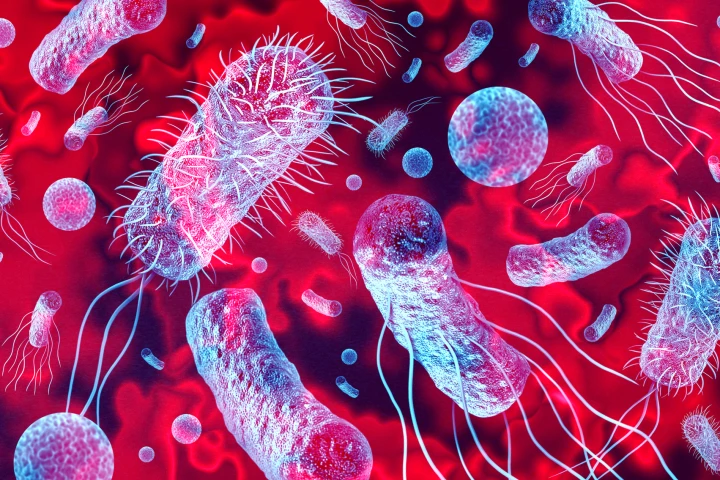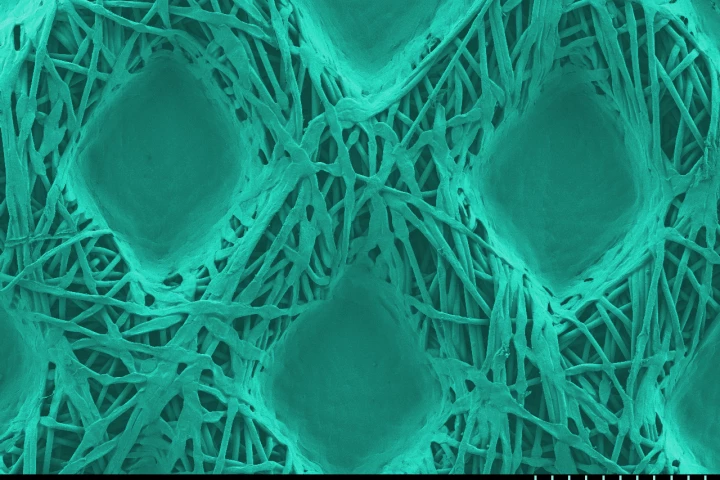Antibiotic-resistant bacteria
-
Antibiotics kill disease-causing bacteria as well as the beneficial ones living in our gut, disturbing the health-maintaining microbiome. A new antibiotic specifically targets hard-to-kill bacteria while leaving our good gut bacteria alone, according to a new study.
-
To help combat the rise of antibiotic-resistant bacteria, researchers have been experimenting for years with drug-free methods to blast disease-causing bugs. A new type of stainless steel does exactly that, in a convenient and affordable way.
-
US doctors haven’t been following the rules when it comes to prescribing antibiotics, according to new research. Despite the rise in antibiotic resistance, between 2017 and 2021 more than a quarter of antibiotics prescribed were for conditions they’re ineffective against.
-
The four spikes on a new nanocrystal developed in Spain spin up under light and move through liquid, blasting any bacteria unfortunate to be in their path. The development could spell trouble for bacteria that resists traditional drug treatments.
-
An oral vaccine that prevents urinary tract infections (UTIs) recurring has shown to provide protection for nearly a decade in a majority of patients, according to a new study. This easy treatment offers a safe, effective method of UTI prevention.
-
Bacteria often go dormant to avoid being wiped out by antibiotics, which makes treatment difficult. Now scientists have discovered a virus that can attack these sleeping bugs, clearing out infections effectively when paired with drugs.
-
Researchers have developed a ‘smart tweezer’ that can pluck a specific bacterial strain from a microbiome of trillions and sequence its genome better than current methods allow. The tool could lead to breakthroughs in disease diagnosis and treatment.
-
Antibiotic-resistant bacteria are poised to become a global health concern. In the race to develop new weapons, scientists have created a new family of antibacterial polymers that can kill 'superbugs' in a way they can't evolve resistance to.
-
A study has found that using a digital support algorithm to guide treatment by healthcare providers significantly reduced the number of antibiotic prescriptions given to acutely sick children, without affecting treatment success or causing harm.
-
Hospitals are meant to heal people, but patients often pick up superbugs during their stay. Scientists have now developed long-lasting antimicrobial coatings for textiles that could allow hospital curtains to quickly kill viruses and bacteria.
-
Research has found that iron levels trigger the formation of a kind of ‘memory’ in bacteria that drives their subsequent behavior and is passed on to their progeny. The discovery could help prevent bacterial infections and address antibiotic resistance.
-
A new study has found that feeding dogs uncooked meat increases their risk of excreting E. coli that is resistant to a widely-used antibiotic, thereby increasing the potential that the bacteria will be passed on to owners and cause illness.
Load More











